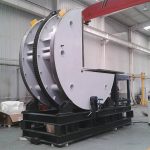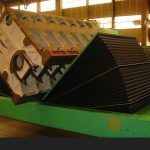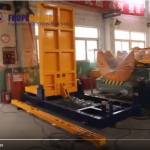What to Look for When Selecting a Coil Upender: A Comprehensive Buyer’s Guide
- What to Look for When Selecting a Coil Upender: A Comprehensive Buyer’s Guide
- 1. Understanding Your Specific Coil Handling Needs
- 2. Load Capacity and Size Specifications
- 3. Rotation Mechanism and Speed
- 4. Safety Features and Compliance
- 5. Automation and Control Systems
- 6. Durability and Maintenance Requirements
- 7. Customization and Flexibility
- 8. Cost vs. Value: Making a Smart Investment
- Conclusion
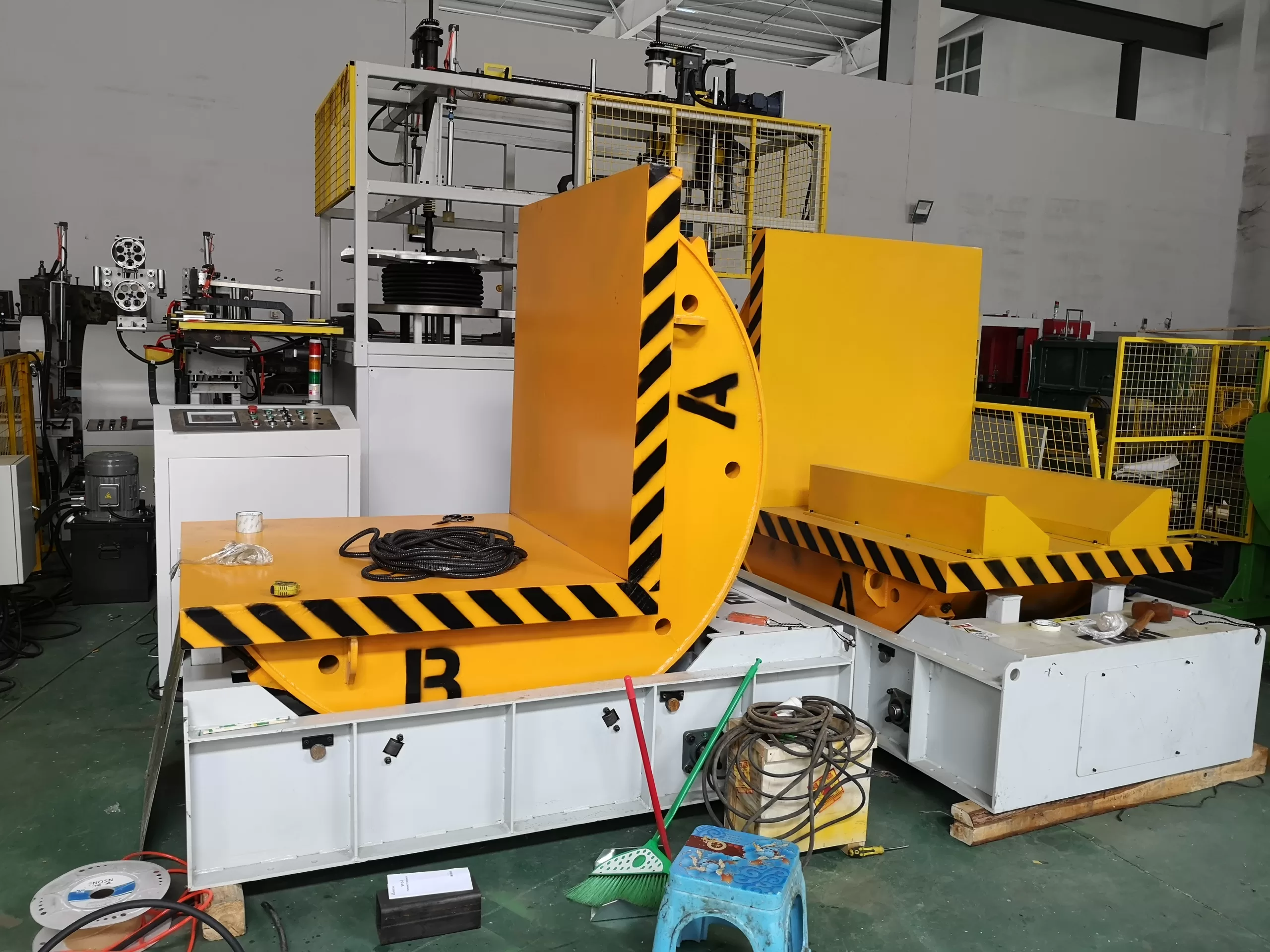
In the industrial world, where heavy-duty machinery is an integral part of daily operations, coil upender have become essential tools for handling bulky, weighty coils efficiently and safely. These machines are designed to rotate or tilt coils, typically from a horizontal to a vertical position, which makes transportation, packaging, and storage much easier. Selecting the right coil upender for your factory or warehouse, however, can be a complex decision. This comprehensive buyer’s guide will help you identify the key factors you need to consider to ensure you invest in a high-quality coil upender that fits your needs.
1. Understanding Your Specific Coil Handling Needs
Before diving into specific features and technical specs, it’s crucial to first understand your unique coil handling needs. Every operation is different, and the demands of your particular workflow will influence the type of coil upender that best suits your facility. Some key questions to ask include:
- What are the dimensions and weight of the coils you handle?
- How frequently will the coil upender be used?
- Are you working with different coil sizes, or are they standardized?
- What is the space available in your facility for coil upending operations?
Answering these questions will help you define the capacity and capabilities needed in a coil upender, allowing you to focus on solutions tailored to your requirements.
2. Load Capacity and Size Specifications
The load capacity of a coil upender is one of the most critical factors to consider. Coil upenders come in a wide range of capacities, from smaller models designed to handle coils weighing a few tons to heavy-duty upenders that can handle much larger loads. Ensure that the model you choose can comfortably support the maximum coil weight and size you expect to handle.
Similarly, pay attention to the size specifications. The upender’s platform or cradles should be large enough to accommodate the full width and diameter of the coils without risking damage during rotation. It’s always a good idea to go slightly beyond your current needs to ensure the equipment can handle future growth or variations in coil dimensions.
3. Rotation Mechanism and Speed
Coil upenders use different types of rotation mechanisms to tilt and rotate coils. The most common types are hydraulic and mechanical systems. Hydraulic upenders provide smooth, controlled movements, making them ideal for delicate materials or high-precision operations. Mechanical systems, on the other hand, offer greater durability and may be better suited for heavy-duty applications.
The rotation speed of the coil upender also plays a significant role in its efficiency. A machine that can rotate the coil quickly but safely will help streamline operations, but speed shouldn’t come at the expense of stability or precision. Look for models that offer adjustable speed settings so that you can customize the rotation to match your workflow.

Get Your Best Solution !
4. Safety Features and Compliance
When handling heavy steel or aluminum coils, safety is paramount. Ensure that the coil upender you select has built-in safety features, such as:
- Emergency stop buttons: These allow operators to halt the machine immediately in case of any issue.
- Load sensors: These detect if the machine is overloaded and can stop the operation to prevent accidents.
- Safety locks: To secure the coil in place during rotation, preventing it from slipping or becoming dislodged.
Additionally, verify that the machine meets industry safety standards and complies with OSHA regulations. Safety features not only protect your workforce but also reduce the risk of costly downtime caused by accidents or equipment damage.
5. Automation and Control Systems
A modern coil upender should offer advanced automation options to help streamline the process and reduce manual intervention. Automated control systems allow for precise operation, reducing the likelihood of human error and ensuring that each coil is rotated consistently.
Look for coil upenders that come equipped with programmable logic controllers (PLC) and touch screen interfaces, which allow operators to control the machine easily, set rotation angles, speed, and monitor performance in real-time. This level of automation can significantly boost productivity by reducing the time spent on repetitive tasks.
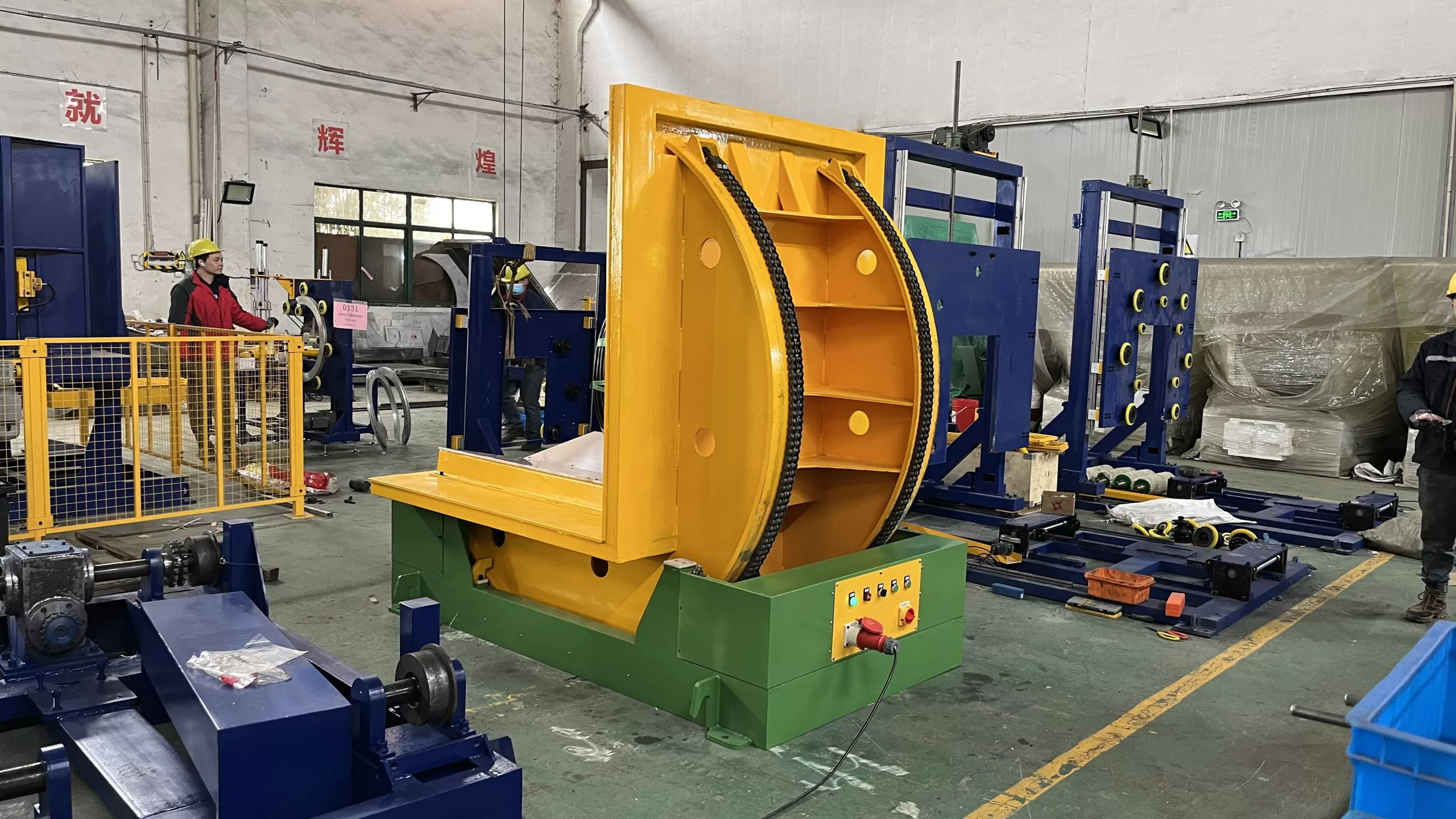
6. Durability and Maintenance Requirements
A high-quality coil upender should be built to last, especially when dealing with heavy-duty industrial environments. Machines that are made from robust materials and have reinforced components tend to offer greater longevity. Ensure that the frame, motor, and hydraulic components (if applicable) are designed for continuous operation and can handle the wear and tear of daily use.
Maintenance is another key factor to consider. While all machines require some level of upkeep, look for coil upenders that are known for being easy to maintain. Features like self-lubricating parts, accessible components, and modular designs can reduce the time and cost associated with routine maintenance and repairs.
7. Customization and Flexibility
Every operation has unique requirements, and one size does not fit all when it comes to coil upenders. Fortunately, many manufacturers offer customizable options, allowing you to tailor the machine to your specific needs. Customization may include adjustable cradles to accommodate different coil sizes, additional safety features, or integration with your existing material handling systems, such as conveyors or automated guided vehicles (AGVs).
Flexibility is particularly important if your operation handles a variety of coil sizes or types. Look for machines that offer versatility in terms of coil dimensions, weight range, and rotation angles. The ability to adjust settings and reconfigure the machine for different tasks will improve efficiency and reduce the need for multiple pieces of equipment.
8. Cost vs. Value: Making a Smart Investment
While cost is always a consideration, it’s essential to focus on the overall value that a coil upender can bring to your operation. A cheaper machine may save you money upfront, but if it breaks down frequently or doesn’t meet your operational needs, it could end up costing you more in the long run.
When evaluating the price of a coil upender, take into account the machine’s durability, safety features, automation capabilities, and efficiency gains. A high-quality machine that boosts productivity, reduces downtime, and enhances safety will provide a far better return on investment (ROI) than a budget-friendly option that compromises on essential features.
Conclusion
Selecting the right coil upender for your operation is a decision that requires careful consideration of various factors, from load capacity and safety features to automation and durability. A well-chosen coil upender can drastically improve efficiency, enhance safety, and provide long-term value for your business. By understanding your specific needs and prioritizing key features like automation, customization, and maintenance ease, you can ensure that the coil upender you invest in will be a valuable asset for years to come.

Get Your Best Solution !


